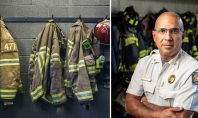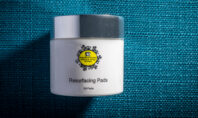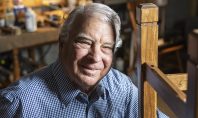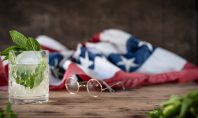Boulton
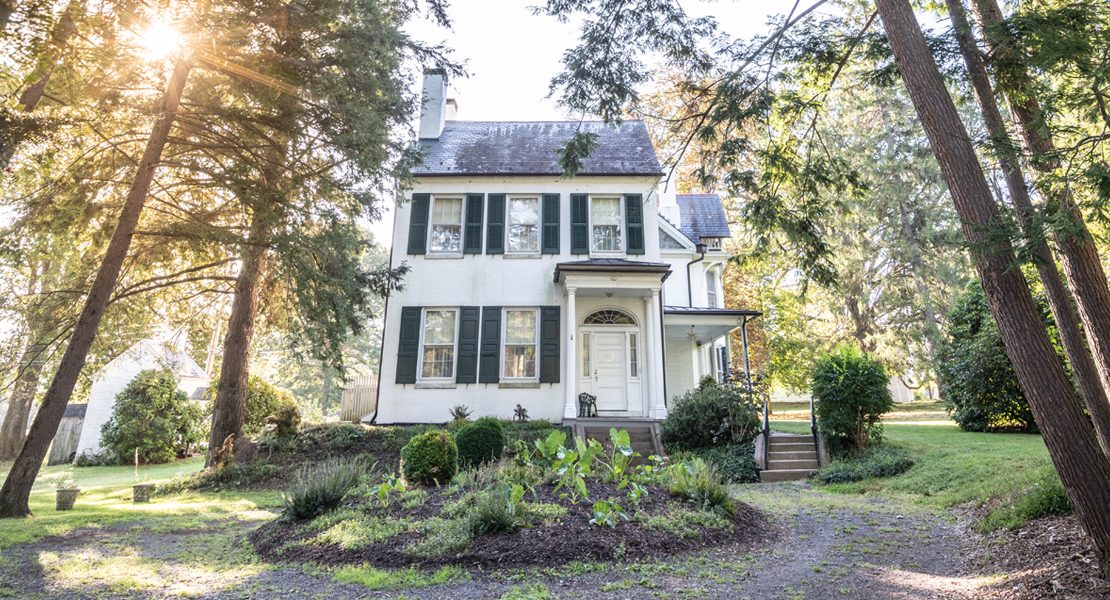
Boulton may not be the most recognizable place name in the Lehigh Valley, but the Henry family who settled there holds a distinctive place in the history of American gun making, outfitting American soldiers who fended off the British for the second time, the fur trade, and Union troops in the Civil War.
No one lives there anymore, but Boulton is still a large piece of land that the Henry family owned for generations and on which they built their legendary gun shop, forge, and industrial complex in 1812-13.
The 1832 John Joseph Henry House is directly across Henry Road from the popular 1,168-acre state park, the Jacobsburg Environmental Education Center, on the northern edge of the Lehigh Valley in Bushkill Township that offers outdoor recreation and year-round environmental education programs.
The Henry Homestead, home to the Pennsylvania Longrifle Museum and the offices of the Jacobsburg Historical Society, founded to preserve the story of Boulton and the surrounding area, is across the street on state land.
The origins of the Boulton name are murky, but there are some theories, says Scott Gordon, archivist and board member of the Jacobsburg Historical Society.
“It was probably named after English industrialist Matthew Boulton,” he says. “The family used to tell stories that one of their ancestors went over and met Matthew Boulton, but that seems not to be true.” What is true is that when the Henrys built their factory in 1812-13, Boulton’s name would have been a recognizable symbol of industry, and the two young and savvy Henry brothers decided to name the complex after him, he says.
Boulton’s story began with William Henry II (1757-1821), who had come up from Lancaster, the heart of rifle making in early America, as a young boy and apprenticed to a master gunsmith near Nazareth, eventually opening a gun shop there in 1780.
“He had a gun business in the Moravian community of Nazareth for about 20 years, and then he needed to enlarge his operations and couldn’t do it in the little Moravian village and expanded to land he had purchased in Jacobsburg,” Gordon says. Although pacifists, Moravians in the colonial era manufactured rifles for protection and hunting and trained their missionaries to repair them.
“Later, William Henry’s children did the same thing: they built Boulton, also on the Bushkill Creek, to power a second and larger gun factory,” he says.
Boulton’s main product was its longrifle, which came in many different forms and rose to popularity during western trade in the 1830s and 1840s. “These trade guns were work-a-day rifles—they did not have the nice features that collectors today like in 19th century rifles such as carving, inlays, brass patchboxes—and were a very large part of Boulton’s production,” Gordon notes.
Henry arms, with brass hardware and walnut stocks, were used during the War of 1812; naval hero Commodore Oliver Hazard Perry carried one. The more practical version of the longrifle accompanied the Western fur trade after the Henry family made contact with John Jacob Astor, founder of the American Fur Co. Henry rifles also saw action in the Civil War, Gordon says.
“The Henry family didn’t jump into standardization and mechanization of gun making, like many manufacturers did in the 19th century,” he says. “They were still making things by hand at Boulton. And that’s what did them in; other companies outpaced them in terms of production.”
By the late 19th century, the Henrys were buying and refurbishing older rifles because they just couldn’t keep up with firms that had standardized firearm production. By 1895, the Henrys stopped making new firearms.
To learn more about the Henry family at Boulton, visit the Jacobsburg Historical Society at 402 Henry Road, Nazareth, or online at jacobsburghistory.com. Also at the site is the Pennsylvania Longrifle Museum, which exhibits original Pennsylvania longrifles and accessories from the 18th and 19th centuries.
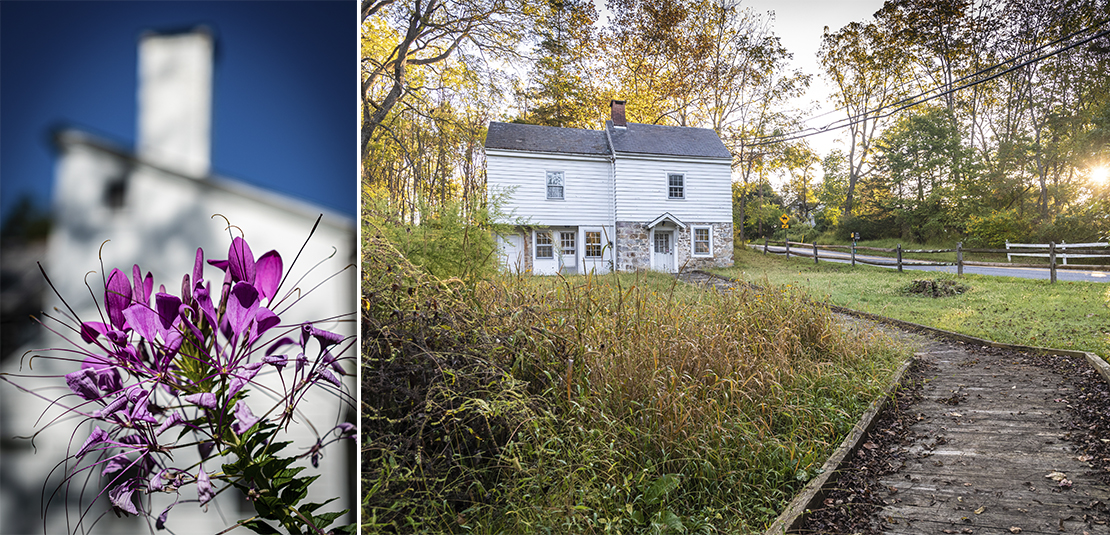
BOULTON, THE HENRYS, AND JACOBSBURG ENVIRONMENTAL EDUCATION CENTER, A SHARED STORY IN CONSERVATION
The Jacobsburg Historical Society and the Jacobsburg Environmental Education Center share two storylines that reflect how the Henry family of Boulton served as early conservationists and promoted sustainable outdoor recreation.
The first centers on James Henry (1809-1895). “He proposed a bill to replant/revegetate the water courses of Pennsylvania,” says Rob Neitz, manager of Jacobsburg Environmental Education Center. “To put it in modern-day terms, he proposed a bill that would put in riparian buffers, a hot topic today, because he could see that when land was clear cut, the hillsides would erode, which was detrimental to the water quality.”
The bill made it through two readings but failed to pass.
“Shortly after, schools of forestry were developed in Pennsylvania, but it was a Henry that first proposed this kind of conservation work; something we continue to utilize today,” Neitz says.
The second storyline is more anecdotal and has to do with the use of Henry’s Woods, the most popular and heavily used destination of the park.
“It has a trail that brings visitors through oak and hemlock woods with remnant old growth trees,” Neitz says. “It follows beside the Bushkill Creek on the low side and gives a beautiful bird’s-eye view of the creek on the upper side. Just as we have rules and regulations in our state parks aimed at protecting the visitors from nature and nature from the visitors, the Henrys had rules, too.”
He likes to point out a sign posted by the Henry family that used to stand in Henry’s Woods, a reminder to visit the area with respect for the pristine surroundings. Granville Henry (1834-1912), who was active in Boulton in the 1850s, wrote, in part:
“Permission to visit the woods and dam is granted to all well behaved persons. Subject to the following rules. Persons who appear in the water during the week, without swimming breeches, will be prosecuted. No malt or spirituous liquor is allowed on the premises.”
“As we encourage people to get out and explore nature, we want them to do it in a responsible way; and so did the Henrys,” Neitz says.
PLAN AHEAD FOR 2019 MARKET FAIRE & RENDEZVOUS
Jacobsburg Historical Society’s annual Market Faire & Rendezvous, a family-friendly living history encampment at Boulton, will be held Oct. 26 from 10 a.m. to 4 p.m., and Oct. 27 from 10 a.m. to 3 p.m. Adult admission is $7 with free parking. Children 12 and under, society members, active duty military, and scouts are free.
The society’s signature event is designed to celebrate life in early industrial America, with a focus on the important role the Boulton site played in our developing nation.
Demonstrators of Early American Arts & Crafts will present their skills in leatherwork, hornwork, ropemaking, shoemaking, and gunmaking near the Nicholas Hawk Gun Shop. Open hearth cooking demonstrations will also be provided in the Summer Kitchen.
The Early American Craft Education Center, the John Joseph Henry House Museum, the Nicholas Hawk Log Cabin Workshop, and the Pennsylvania Longrifle Museum and gift shop will all be open to the public during this event.
Bear Honey Farms, a local honey bee farm offering a variety of bee related products including local honey and beeswax candles, will be back again this year. Cliff Wright-Sunflower, a master beekeeper, environmental educator, storyteller and performer, will present his “Dancin’ with the Honeybees” program on both days at 1 p.m. near the Children’s Activity tent.
Timeline
1776
William Henry II is sent by Moravian authorities from Lancaster County to Christiansbrunn, a small community west of Nazareth, to train as a gunsmith.
1780
William Henry II moves to Nazareth to practice his trade.
1798
William Henry II builds a gun works on the Bushkill Creek, north of Nazareth, so he can complete a government arms contract.
1812
William Henry II’s sons begin to build Boulton on the Bushkill.
1813-1814
Henry gun factories, in Philadelphia and at Boulton, supply weapons to Delaware and Maryland during the War of 1812.
1826
Boulton begins producing arms for the fur and Indian trade.
1861
Boulton supplies rifles to the P.S. Justice company of Philadelphia for use in the Civil War.
1895
New production of arms ceases at Boulton, though the factory continues to assemble guns from parts.
1907
Boulton sells its last rifles, at $5 per gun.
1912
Granville Henry, the last gunmaker at Boulton, dies.

